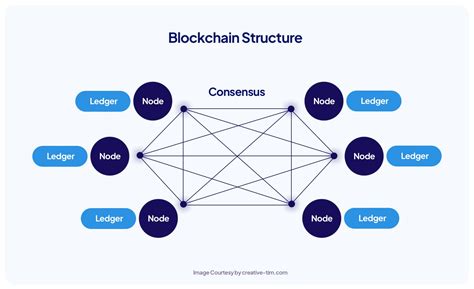The Order of Transactions in Ethereum Blocks
When it comes to cryptocurrency transactions, the order in which they are executed can be crucial. In this article, we’ll delve into the specifics of how Ethereum works and explore whether it’s possible for transaction B to be ordered after transaction A within a block.
What is a block?
A block is a collection of transactions that have been verified by the network and added to the blockchain. Each block contains a unique identifier called a “block hash,” which serves as a fingerprint or signature for the entire block. A block also includes the transactions contained within it, along with any necessary metadata.
The Order of Transactions
In Ethereum, each transaction is executed in a specific order. This order ensures that the integrity and security of the network are maintained. According to the Ethereum protocol, each transaction must be executed before it can be included in a block. This rule is enforced by the blockchain consensus algorithm, which relies on the honesty and cooperation of all nodes in the network.
Transaction Order
To understand why transactions cannot be ordered after A within a block, let’s look at the process:
- Transaction Creation: Transaction A is created with its own set of inputs (data) and outputs (tokens or other assets).
- Transaction Verification: The transaction is verified by nodes in the network to ensure that it follows the rules described in the Ethereum Virtual Machine (EVM) specification.
- Block Formation: The verification process creates a new block that contains all transactions from A and any additional transactions that are added to the block.
- Block Hash Creation

: Each block is assigned a unique hash that serves as a digital fingerprint for the entire block.
Transaction B vs. Transaction A
Now let’s consider whether it is possible for transaction B to be ordered after transaction A within a block. In Ethereum, transactions are executed sequentially by default. This means that if transaction A is included in a block before transaction B, there will be no way to verify the order of execution.
In other words, if A is verified and added to the block before B, it is not possible for B to follow A without going through additional verification steps or being rejected by the network. This ensures that the integrity and security of the network is maintained, as any attempt to manipulate transactions will be detected.
Conclusion
In conclusion, although it may seem intuitive that transaction B would be ordered after transaction A within a block, this is not the case in Ethereum. The order of transactions is enforced by the blockchain’s consensus algorithm, which relies on the honesty and cooperation of all nodes in the network. Any attempt to manipulate the order of execution would be detected and potentially result in the block being rejected or removed from the blockchain.
As Ethereum continues to grow in popularity, it is important for developers and users to understand the intricacies of transaction ordering within the Ethereum protocol. By understanding this concept, we can better assess the security and integrity of the Ethereum network.


